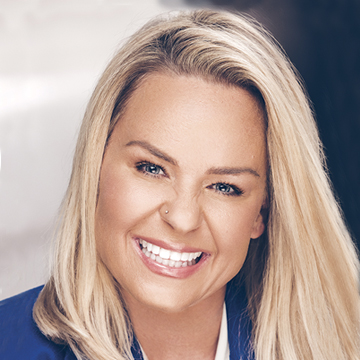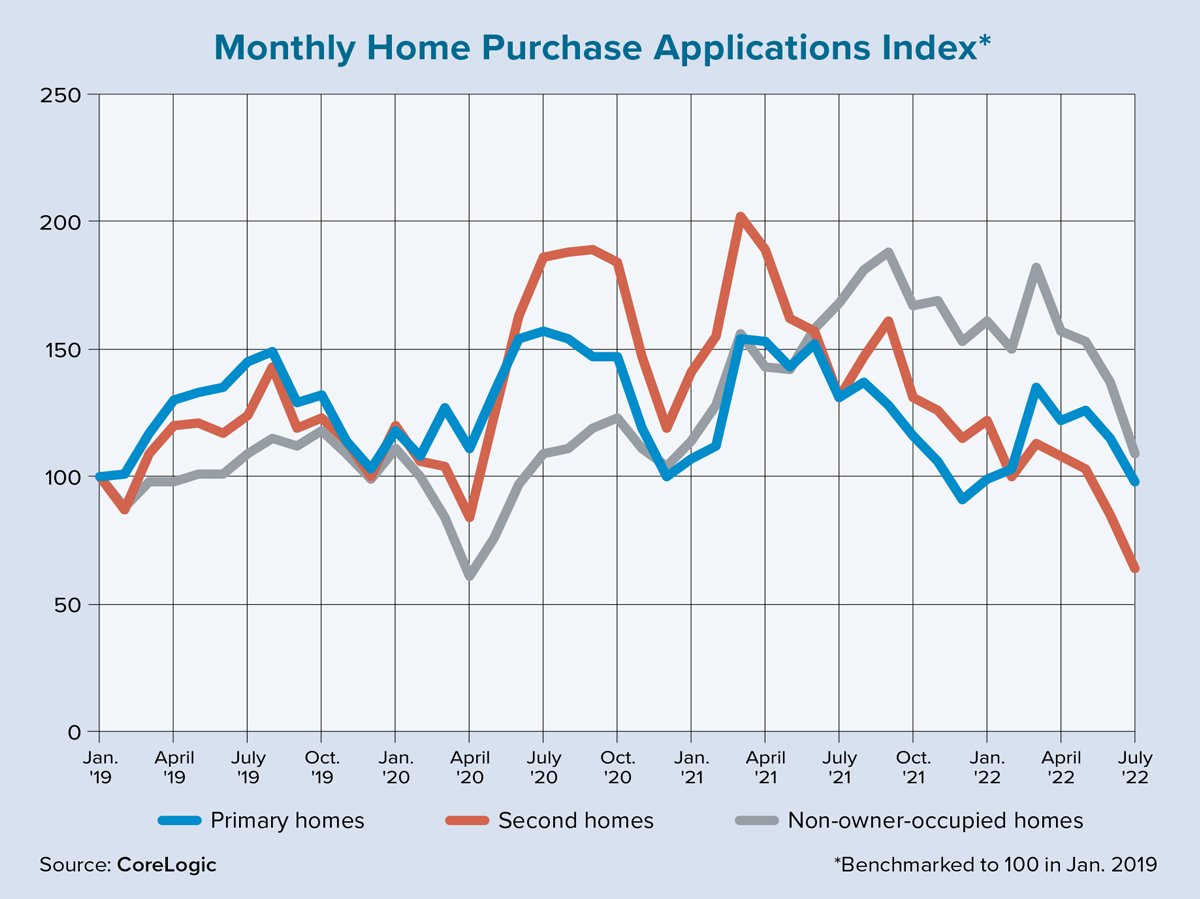Housing markets across the nation are facing significant rebalances since the upward surge in mortgage interest rates starting in March 2022. At the beginning of the year, many experts predicted a modest increase in mortgage rates to a level of about 4%.
Nevertheless, as elevated inflation (and inflation expectations) over the past year ignited fears of
repeating what occurred in the late 1970s and early ‘80s, the Federal Reserve communicated an aggressive stance on tightening financial conditions in an effort to reduce inflation. As a result, average mortgage rates jumped from 3.75% in March to more than 6% this past September.
With the surge in interest rates and continued pressure on home prices, monthly mortgage expenses for a median-priced home jumped by 50% from January to June of this year. The surge in mortgage costs markedly cooled demand for homes this past summer and will result in an overall decline in total home sales compared to 2021. At the start of 2022, home sales were widely forecast to reach a 16-year high. Now forecasts are
pinning sales at least 15% below 2021 levels.
While home purchase demand has slowed among all types of buyers, it is worth noting the declines across investor and second-home purchases, both of which surged during the early stages of the COVID-19 pandemic. In 2019, for instance, CoreLogic data shows that second-home purchases accounted for about 4% of all purchase mortgage applications. Similarly, investor purchases accounted for 5% of applications. Between the summer of 2020 and the spring of 2021, however, the second-home share of applications jumped to 6% while the investor share peaked at 8% between the end of 2021 and the midpoint of 2022.
There’s another way to tease out the weakened buyer activity in these two segments. Through the first seven months of this year, mortgage applications for second homes were down 39% compared to the same period in 2021, 22% below that of 2020 and 11% below that of 2019. Meanwhile, investor applications from January through July of this year were up 4% year over year, and they were at considerably higher levels than the same periods in 2020 (up 64%) and 2019 (up 51%).
The slowing of second-home mortgage applications is likely due to three factors. The first is the higher cost of borrowing. The second is a post-pandemic desire to travel internationally. Finally, there are increased fees for second-home loans sold to Fannie Mae and Freddie Mae, which went into effect this past April.
Investor activity remains elevated beyond mortgage application data.
According to a recent CoreLogic report, the level of investor purchases declined from 146,000 transactions in June 2021 to 92,000 in June 2022 (a 37% decrease). But these business-purpose deals remain 28% higher compared to June 2020 and 24% higher than in June 2019.
In June 2022, investors accounted for about 19% of all single-family home purchases. That is down from the all-time peak of 28% this past February. So-called “mega investors” (institutions that have simultaneously owned at least 1,000 properties during the past 10 years) have grown their share of activity, from 1% of all home sales prior to the pandemic to 3% this past summer.
Growth in this channel, however, has been driven by small investors (those who own 10 or fewer properties) and medium-sized investors (those with 11 to 100 properties). But as mortgage rates surged and the cost of ownership increased, these groups pulled back from the home purchase market and dragged down the overall share of investor activity.●
-
Selma Hepp is a senior vice president and chief economist for Cotality, formerly CoreLogic, the nation’s largest provider of advanced property and ownership information, analytics and data-enabled services. Hepp leads the economics team, which is responsible for analyzing, interpreting and forecasting trends in real estate, mortgage and insurance. Prior to joining Cotality, she was chief economist and vice president of business intelligence for Pacific Union International, later acquired by Compass.
View all posts








